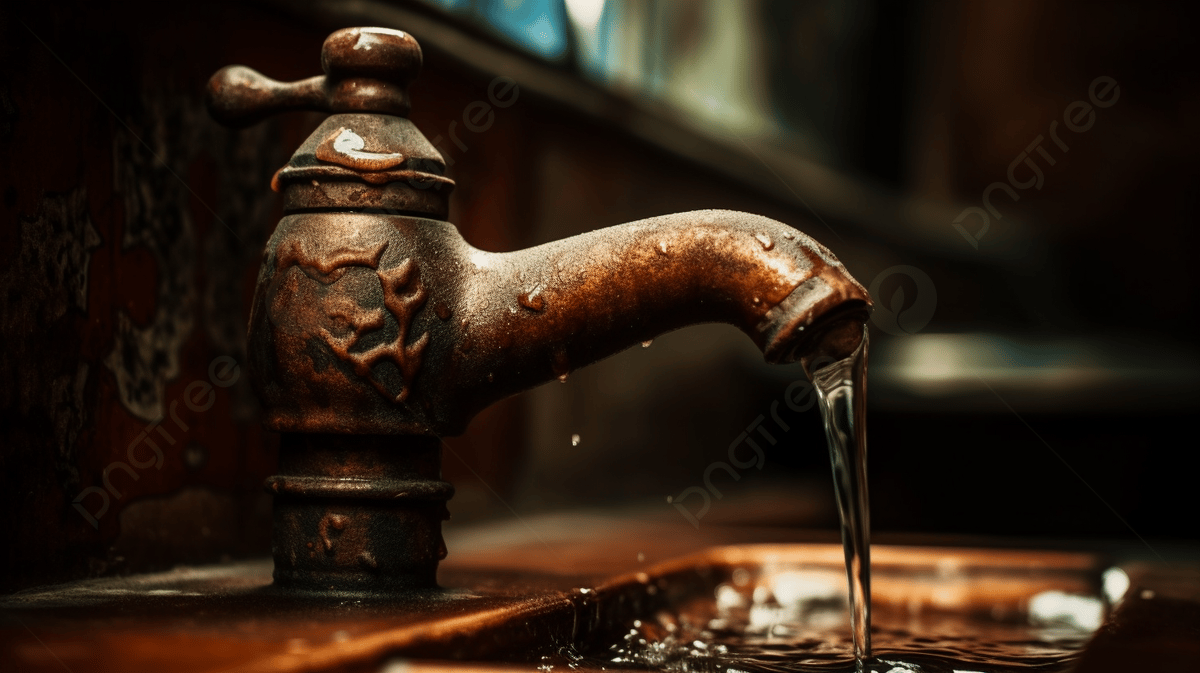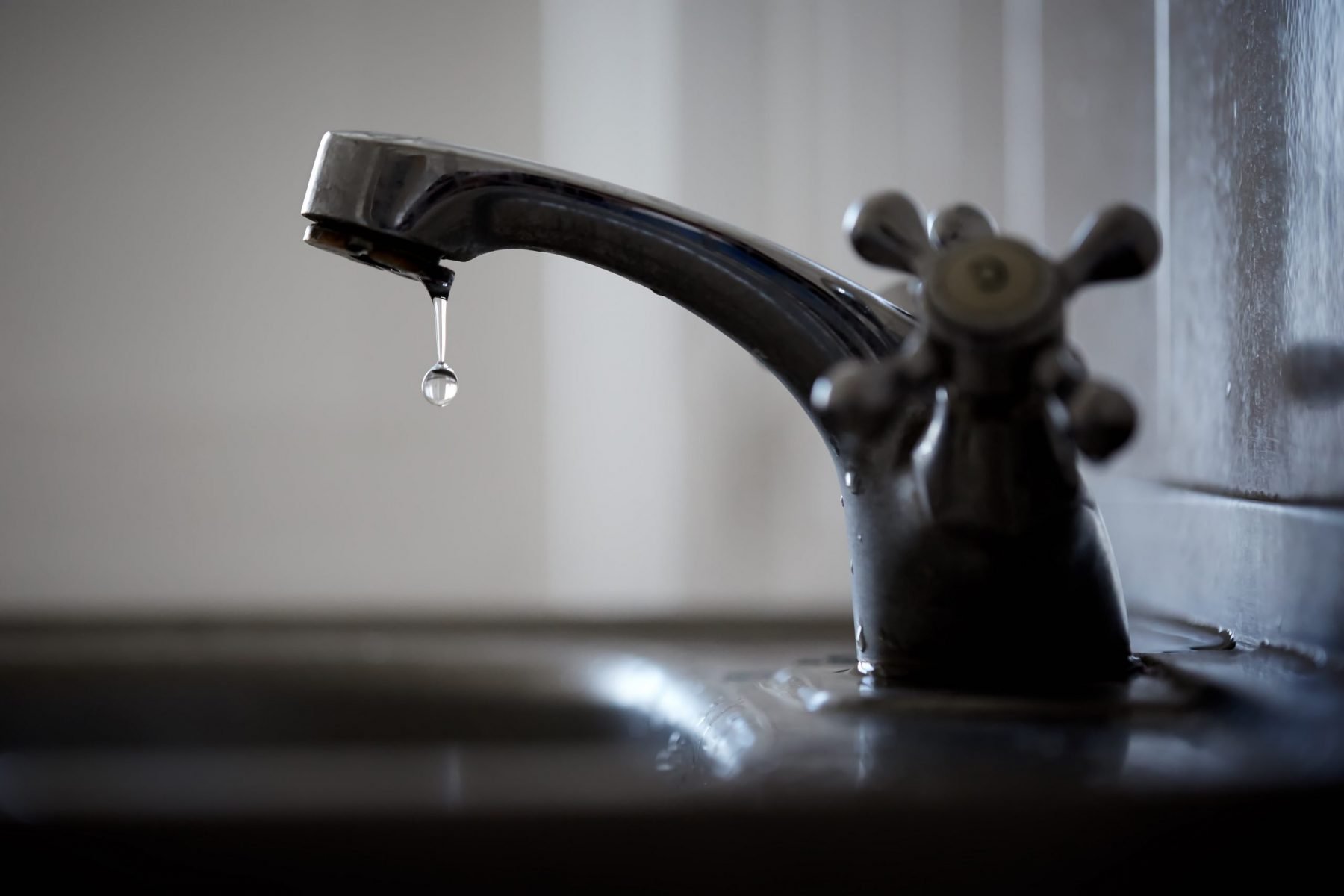Discovering the Consequences of a Damaged Faucet
Discovering the Consequences of a Damaged Faucet
Blog Article
They are making a few good pointers on Here's How to Fix a Leaky Faucet as a whole in this content underneath.

Introduction
A dripping tap may appear like a minor nuisance, but its repercussions expand far beyond the periodic drip. Understanding the impacts of a leaking tap is critical for both home owners and the atmosphere. In this short article, we'll discover the different impacts of this usual family concern and why addressing it promptly is essential.
Root Causes Of Leaky Faucets
Dripping taps can arise from a range of factors, including deterioration, high water stress, and corrosion. In time, the continuous use of taps can bring about damaged seals and gaskets, causing leakages to establish. In addition, extreme water pressure can put strain on plumbing fixtures, leading to leakages. Corrosion and rust can additionally compromise tap elements, making them prone to leakage.
Water Wastefulness
One of one of the most considerable repercussions of a leaky tap is water waste. Also a little drip can add up to gallons of drainage in time. This not only increases water bills yet also adds to water shortage and environmental destruction. Addressing dripping faucets promptly is vital for saving this precious source and minimizing its impact on the earth.
Financial Effect
Along with wasting water, dripping taps can likewise have a significant monetary impact. Boosted water expenses are a direct effect of water wastefulness, costing home owners numerous dollars each year. Furthermore, the price of repairing water damage brought on by leaks can be substantial, particularly if left ignored for an extensive period.
Environmental Influence
The environmental impact of leaking taps extends past water wastage. By saving water, homeowners can add to wider initiatives to alleviate water deficiency and safeguard natural communities. Lasting alternatives such as rain harvesting and water-efficient fixtures can additionally lower the ecological footprint of house water usage.
Technical Solutions
Developments in technology have brought about the development of clever taps and water-saving gadgets that assist reduce water wastage. Smart faucets make use of sensing units to find activity and adjust water circulation appropriately, minimizing waste without compromising benefit. Water-saving devices such as aerators and low-flow showerheads are likewise efficient in saving water without jeopardizing performance.
Worldwide Viewpoints
While leaky taps may seem like a localized problem, they contribute to wider worldwide obstacles such as water scarcity and climate modification. In regions currently facing water anxiety, every decline counts, making leak avoidance and repair work important. By adopting water-saving methods and investing in lasting innovations, home owners can play their component in attending to these pressing international issues.
Regulatory Measures
Government policies play an essential duty in mitigating the effect of dripping faucets and promoting water conservation. From building codes that call for water-efficient components to water-saving motivations and refunds, policymakers have a range of tools at their disposal. By implementing and imposing these policies, governments can make sure that home owners focus on water preservation in their daily lives.
Area Effect
Resolving leaking taps requires cumulative initiatives at the neighborhood level. By increasing awareness regarding the importance of water conservation and supplying sources for leakage discovery and repair work, neighborhood authorities can encourage home owners to take action. Efforts such as water-saving refund programs and leak detection campaigns can incentivize actions change and promote responsible water usage.
Situation Studies
Real-life instances of the impact of leaky taps emphasize the importance of aggressive maintenance and prompt repair work. From water damage to increasing water bills, the repercussions of neglecting leakages can be serious. By sharing these study, homeowners can much better understand the relevance of attending to dripping taps promptly.
Educational Campaigns
Educational campaigns play an important duty in increasing awareness regarding the effects of leaky faucets and promoting water preservation techniques. Through workshops, seminars, and on the internet resources, homeowners can find out how to identify and repair leakages themselves. By encouraging people with expertise and devices, instructional projects can foster a culture of accountable water use within communities.
Health Issues
Dripping taps can develop favorable environments for mold and mildew and mildew growth, presenting health threats to passengers. The existence of mold and mildew can aggravate respiratory system problems and allergic reactions, specifically in prone individuals. Additionally, water damage arising from leakages can compromise the architectural integrity of buildings and lead to pricey repair work.
Do it yourself vs. Professional Fixing
When faced with a dripping tap, house owners commonly discuss whether to attempt fixings themselves or hire an expert plumber. While DIY repair services can conserve money, they might not constantly address the underlying issue successfully. Specialist plumbing professionals have the proficiency and devices to identify and take care of leakages correctly, making certain long-lasting options and assurance for home owners.
Safety nets
Preventing leaky faucets needs routine upkeep and positive measures. Basic jobs such as changing worn-out washing machines and seals can protect against leakages from creating. Additionally, updating to high-grade fixtures and reducing water pressure can aid extend the life-span of faucets and reduce the risk of leakages.
Conclusion
Finally, the results of a dripping tap prolong far past the periodic drip. From water wastage and raised water costs to health and wellness issues and environmental influence, the consequences of overlooking leaks can be substantial. By attending to leaking taps promptly and embracing water-saving practices, home owners can minimize these effects and contribute to a more sustainable future.
Why You Shouldn’t Ignore a Leaky Faucet in Your Home
What Causes a Leaky Faucet?
Various factors can cause a leak, from loose and worn-out parts to corrosion. Your faucet has four essential components from which most plumbing issues will stem: the O-ring, the valve seat, the washer and the gasket.
What Is an O-Ring?
The O-ring is a stem screw that fastens parts of the faucet in place, preventing water from leaking out of the spout. Depending on your faucet type, the stem might have multiple O-rings. Water will drip from the faucet’s handles and base if this part breaks or deteriorates.
What Is a Valve Seat?
The valve seat controls the flow and temperature of the water. Found at the base of the handle, it works as a seal for the faucet’s stem. The valve seat ensures the water is allowed to flow or is blocked as the handles dictate. You’ll know it’s malfunctioning when water leaks from your faucet’s sides.
What Is a Gasket?
The gasket is found between the water inlet and the valve stem. It creates a seal between the faucet and the sink, holding its joints by aerators attached to the stem’s head. Water will trickle out from the base if the gasket isn’t working.
What Is a Washer?
The washer secures the handles and prevents leakage, serving a similar purpose to the O-ring. While the O-ring is ordinarily round and made from an elastic material, such as rubber, the washer is square-shaped and composed of brass, copper and other hard metals. If it malfunctions, corrodes or has been improperly installed, water will leak out of the handles, causing that incessant faucet drip.
Why Is a Leaky Faucet Dangerous?
A leaky faucet left alone for too long can have significant consequences.
Pest Infestations
Since bugs and rodents gravitate towards the scent of water, a leaky faucet will draw pests to your sink. Both are looking for leaks accessible through crawl spaces, which a faucet provides. If you leave water dripping for too long, you run the risk of an infestation.
Rust
If one of the faucet parts has started to corrode, the resulting rust can spread to your pipes and valves with startling speed. The rust might even lead to cracks or other impairments, resulting in more severe plumbing issues.
Your sink could also sustain damage from a leaky faucet. The water in your tap possesses sparse elements of calcium and iron that can stain your sink with repeated and prolonged exposure. Once those elements in the water have been open to the air for some time, your sink will start to rust, creating marks that can be difficult to remove.
https://www.tomsmechanical.com/blog/why-you-shouldnt-ignore-a-leaky-faucet-in-your-home

As a devoted reader on Potential Health Risks Associated With Leaky Faucets, I think sharing that piece was a good idea. Make sure you set aside a second to distribute this page if you appreciated it. Thank you so much for taking the time to read it.
Report this page